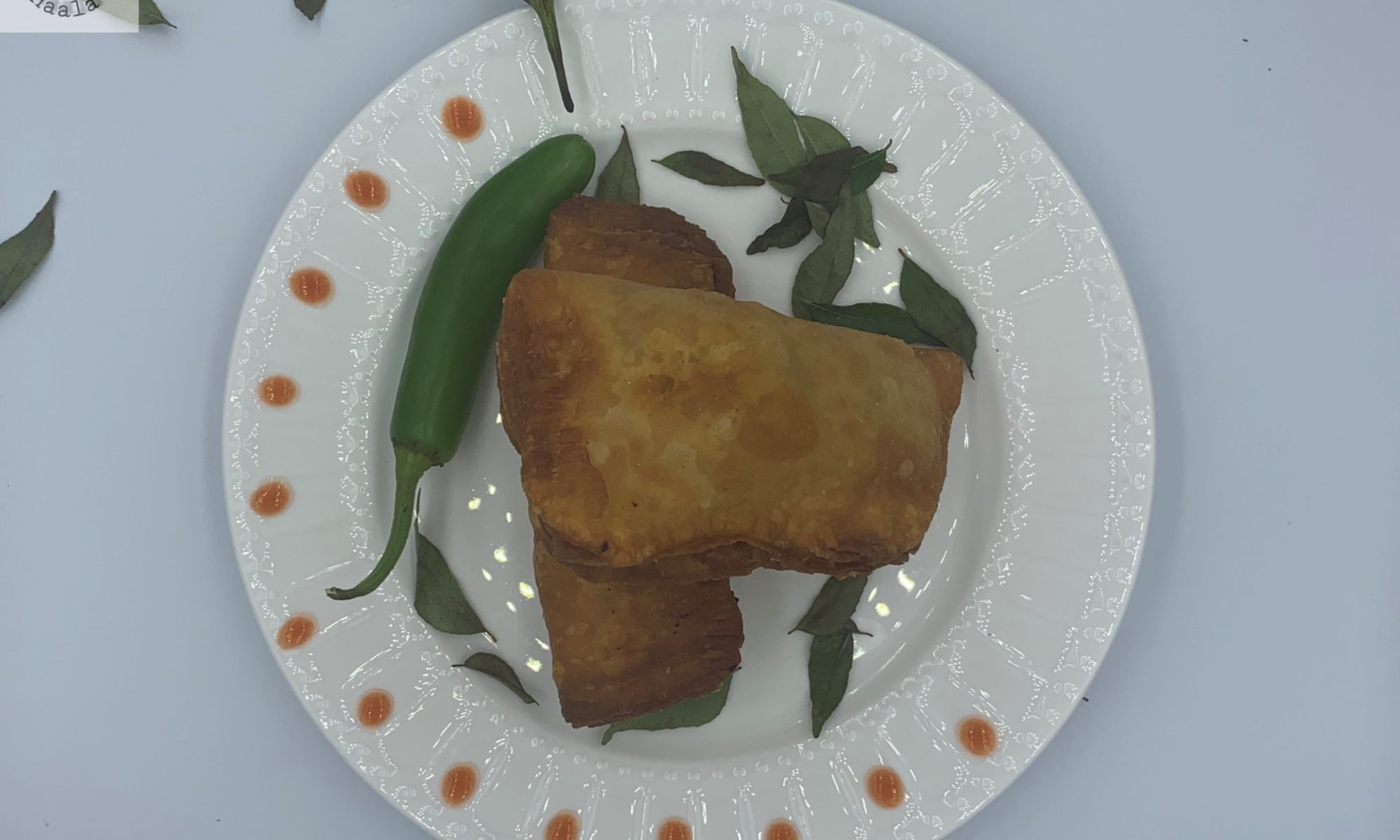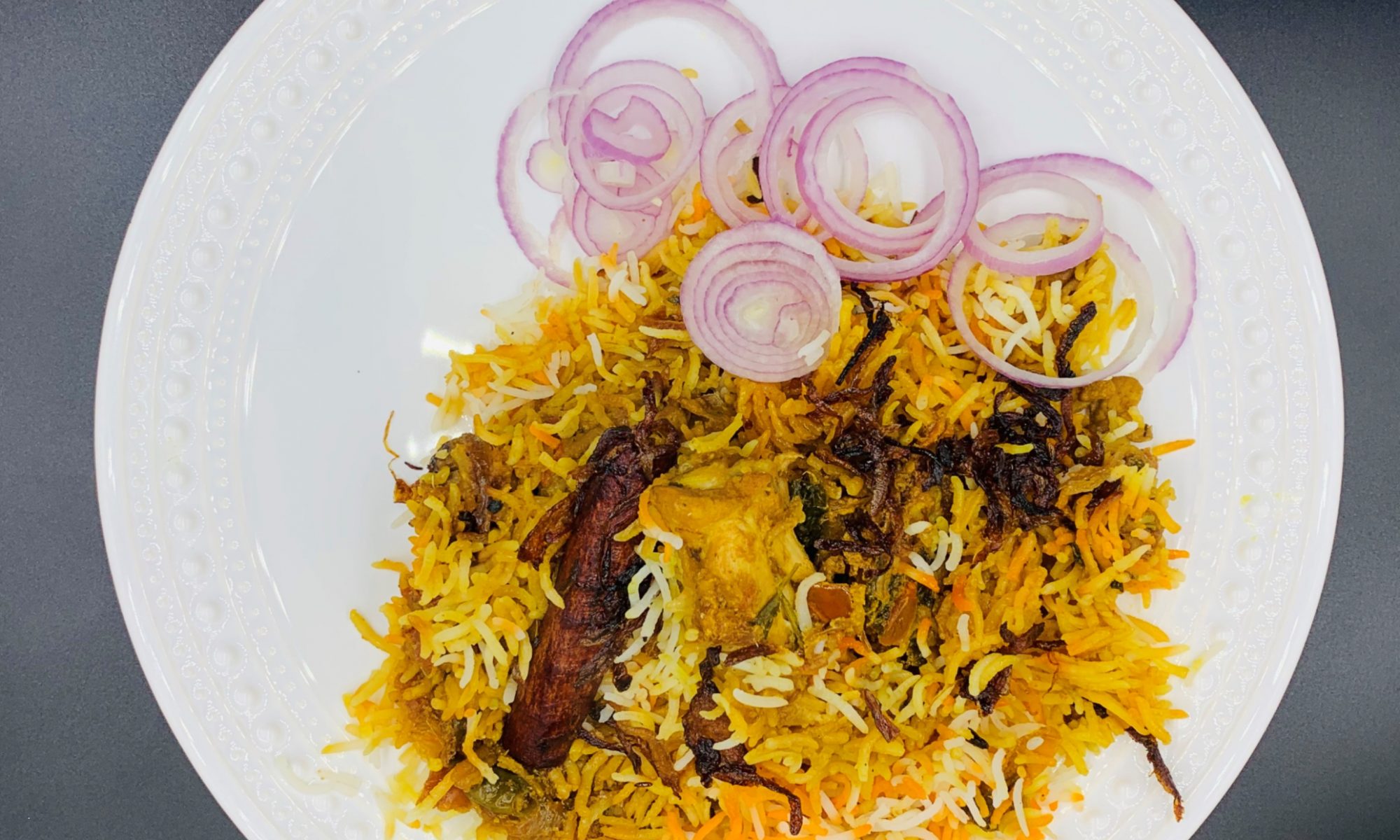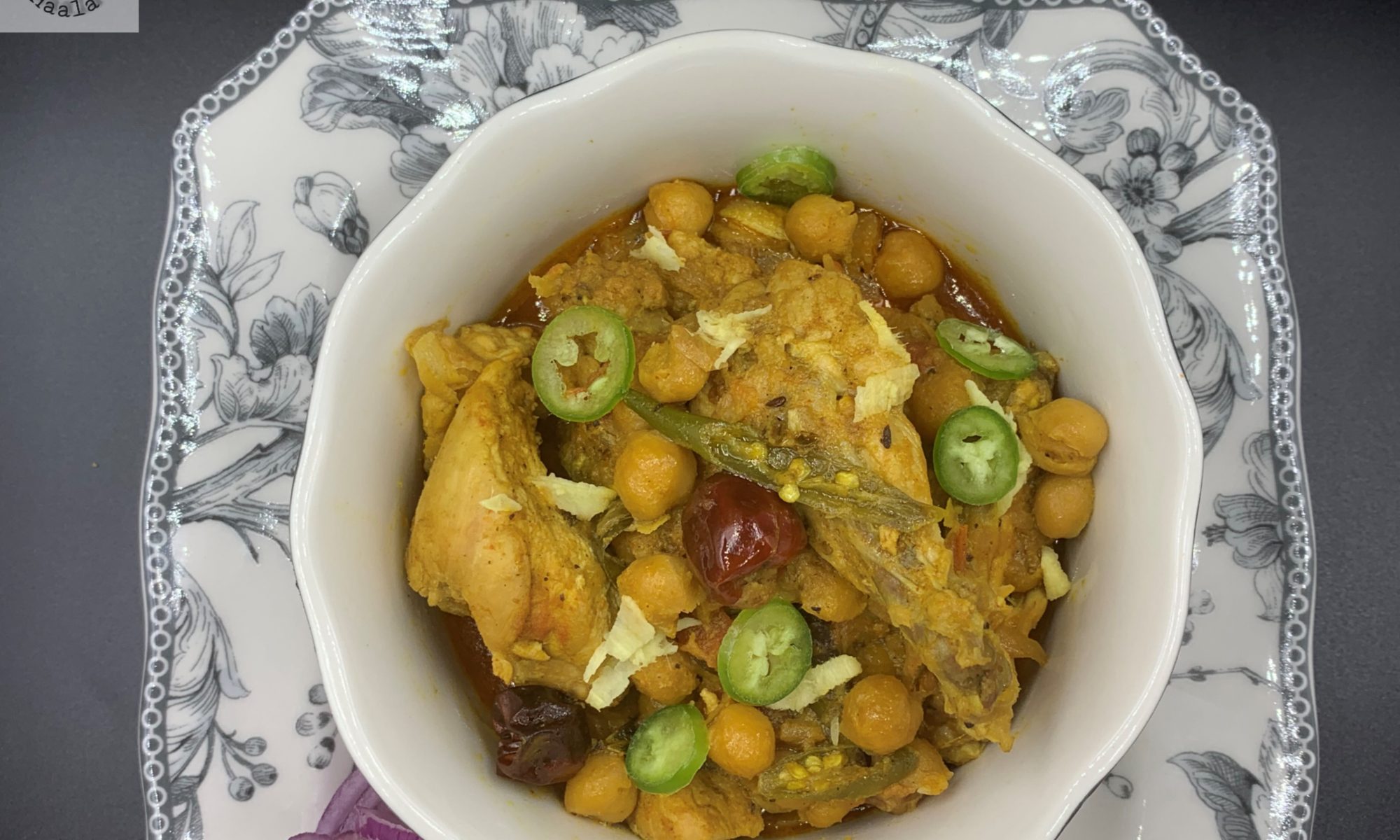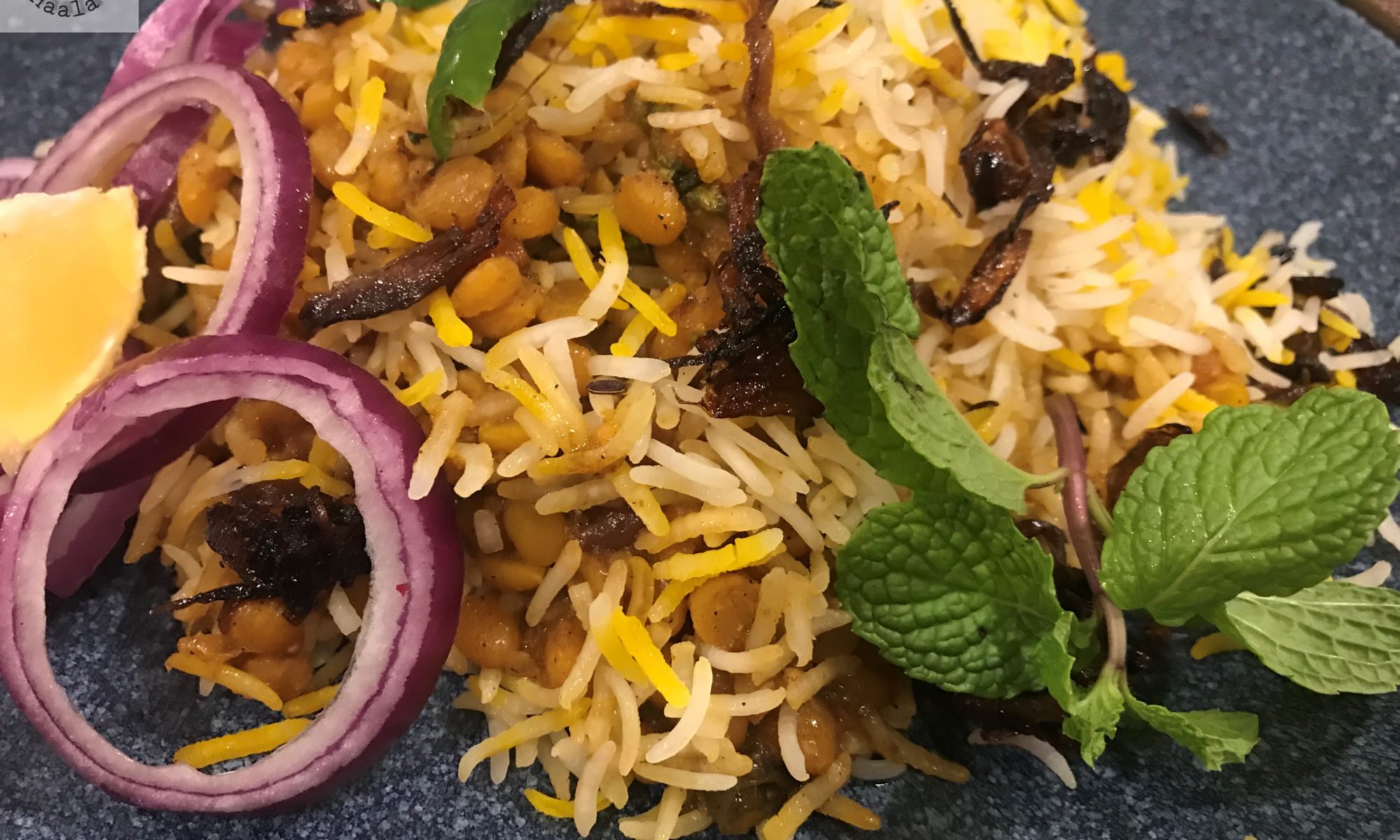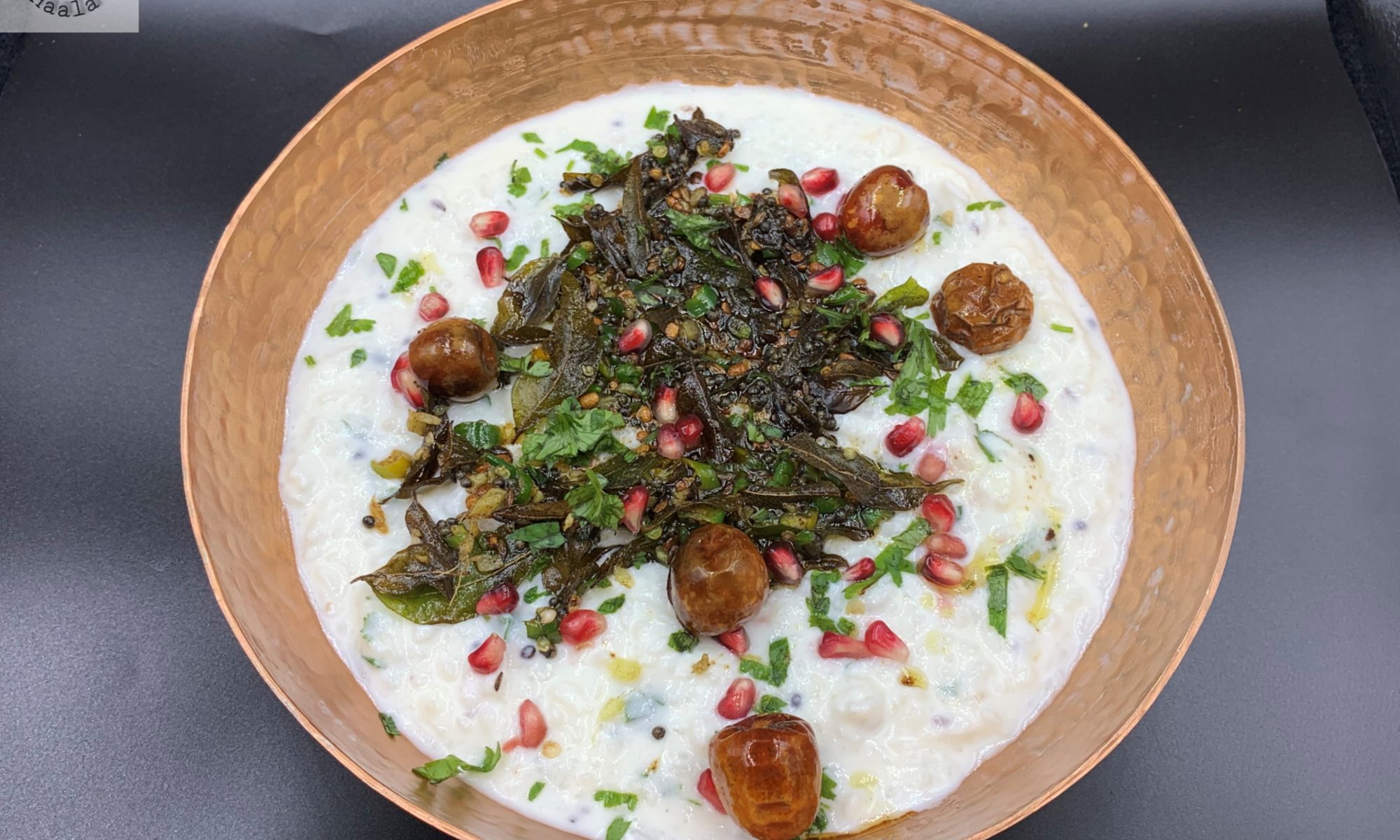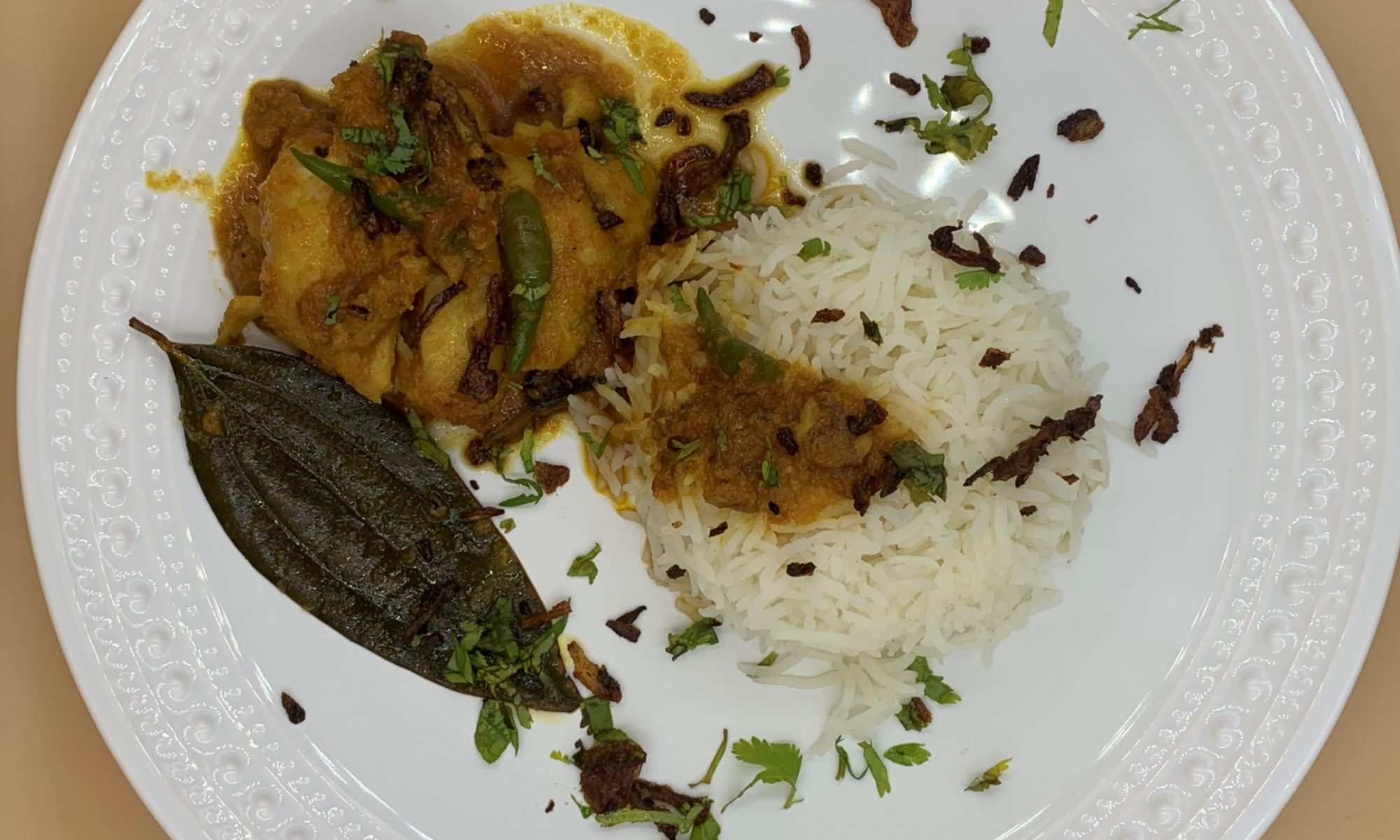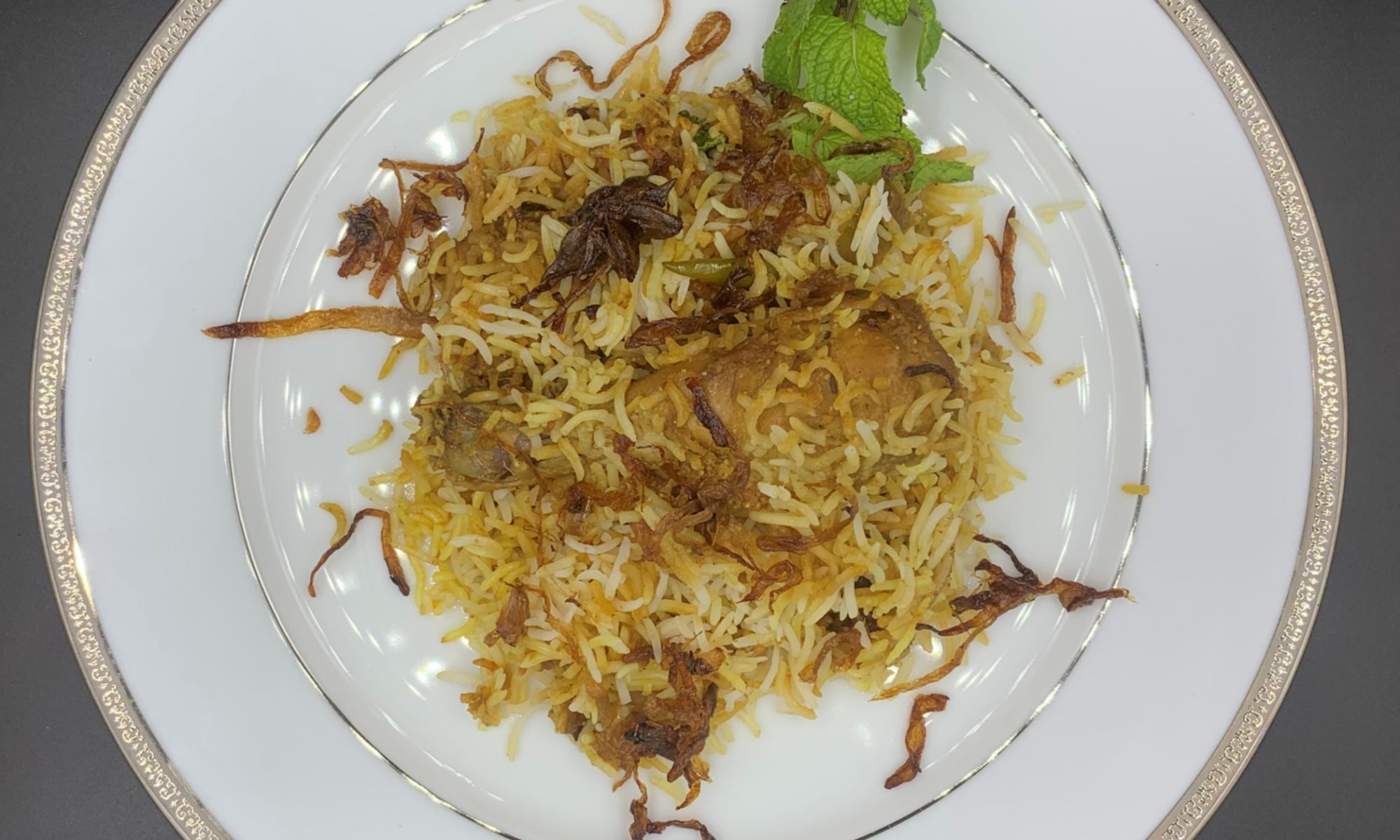Chicken as a curry is made in so many varieties that sometimes it amazes me how people from different regions in just one state make so many different dishes, with every dish varying in flavor from the other. The basis of making these curries are basically the availability of ingredients in that region.
I am from the northern west part of India, Rajasthan. Its a desert part so every time we make a Chicken curry, its mostly Yogurt based, which I think is because back in the days there weren’t many ways of getting any fresh vegetables, like Tomatoes and since water was always scarce, growing your own was difficult as well. Since there weren’t any fresh veggies, we barely have any Chicken dishes that are cooked with vegetables.
On the other hand, Mr. Parveez is from the southern part of India and there is loads of greenery and fresh vegetables are always available, so most of the dishes are tomato based and also use a lot of other green vegetables and thus we get loads of chicken curry which aren’t just protein rich but also have loads of fiber. Honestly, I feel my in laws eat very healthy. There is always a green veggie curry for morning breakfast and the lunch and dinner also comprises of green leafy vegetables cooked as a curry or mixed in with other veggies or Daal or cooked with Chicken or Meat.
This Chhilli Daal happens to be one such curry. These green beans are also known as Surti Papdi Lilva or Valor Lilva. We get the frozen pack here and they aren’t much big in size either. Addition to that, I also have to clean and peel it when I bring them home which is a tedious job. I guess I feel it more because in India, they are bigger in size, more flavorful and on top of everything they are peeled by the vegetable vendors which makes it so convenient.
This Chicken curry is just so delicious and nutritious, one of my Mother in law’s favorite as well and honestly, mine too. This is my mother in law’s recipe, only that I made some changes to it which she loves as well, I just made it more greener and nutritious. The curry has Fried onions that are further cooked with Ginger garlic paste and spices. Once the Chicken is added, wait till its half cooked, add in the daal/beans and further add the Tomato-coconut puree and cook further for a few minutes. Usually at this point the original recipe for this curry is concluded. But the changes I made to the recipe are that I added methi leaves/ fenugreek leaves and Dill leaves. With Methi, I add fresh if I have it and if not then I use Kasoori Methi. In both cases, the flavor of the dish is not compromised. Serve it with Plain boiled Rice or Roti or Parantha. We love it all ways and I am sure you will too. This is something different and completely worth trying. Enjoy!!!


